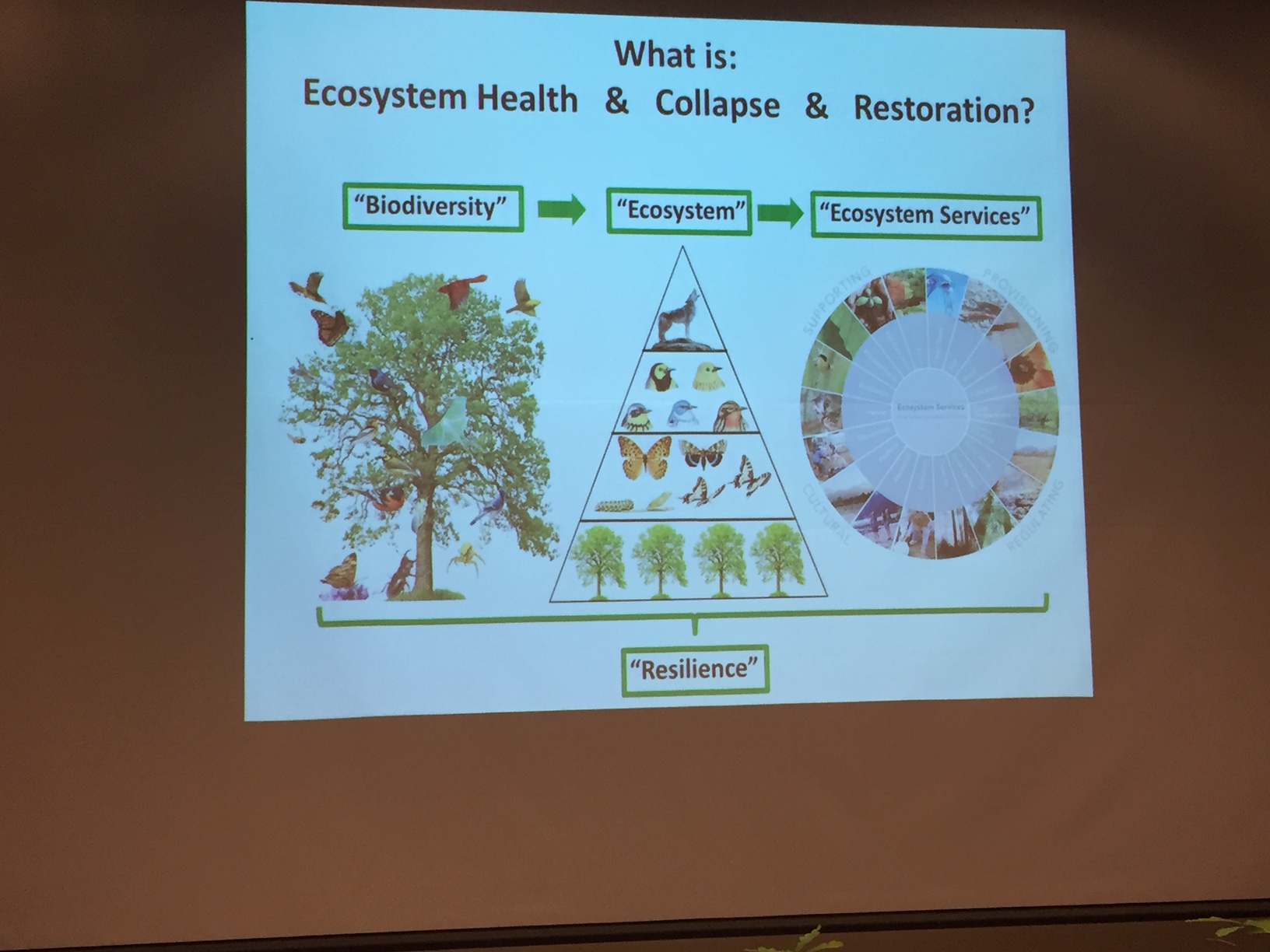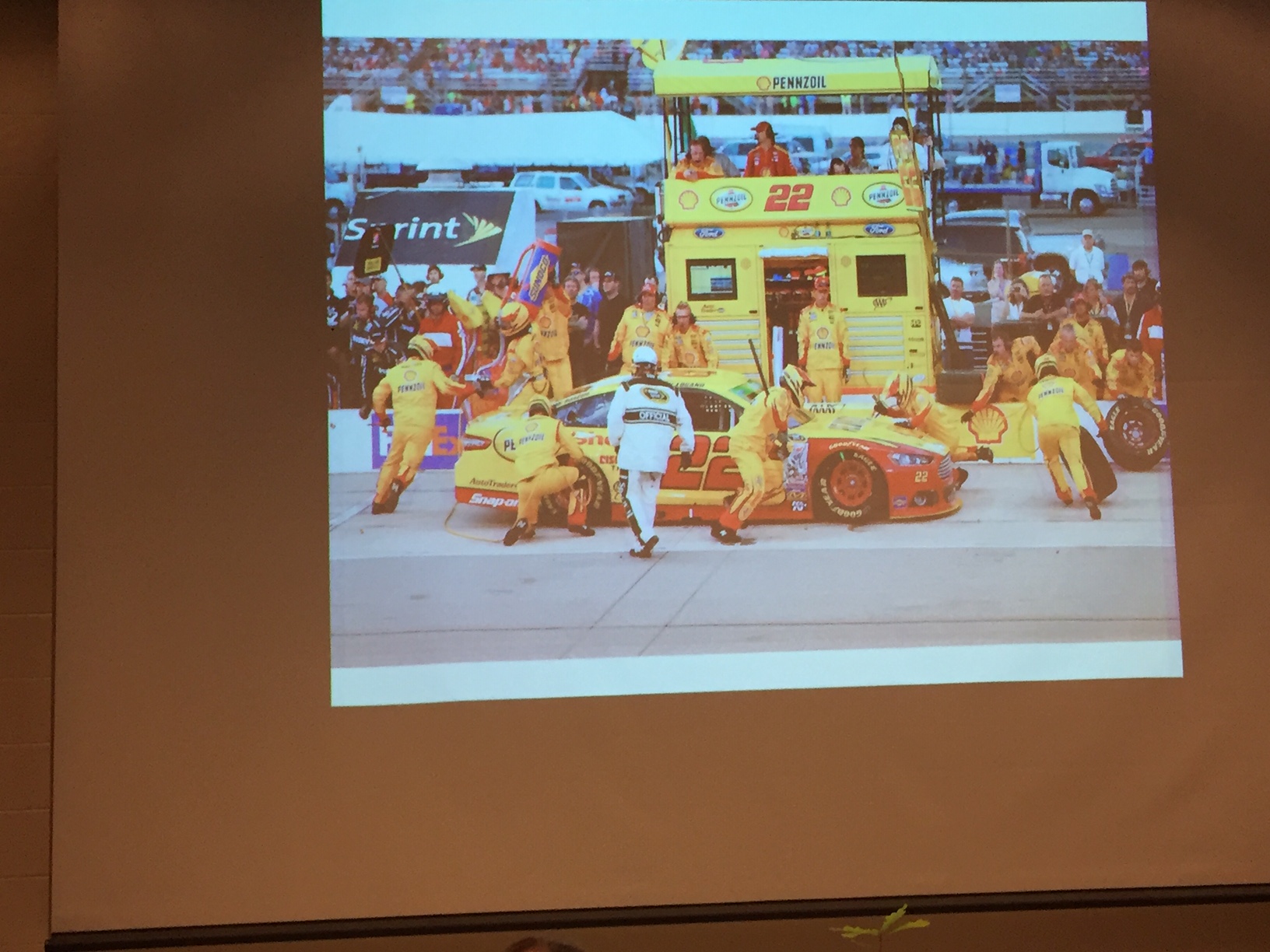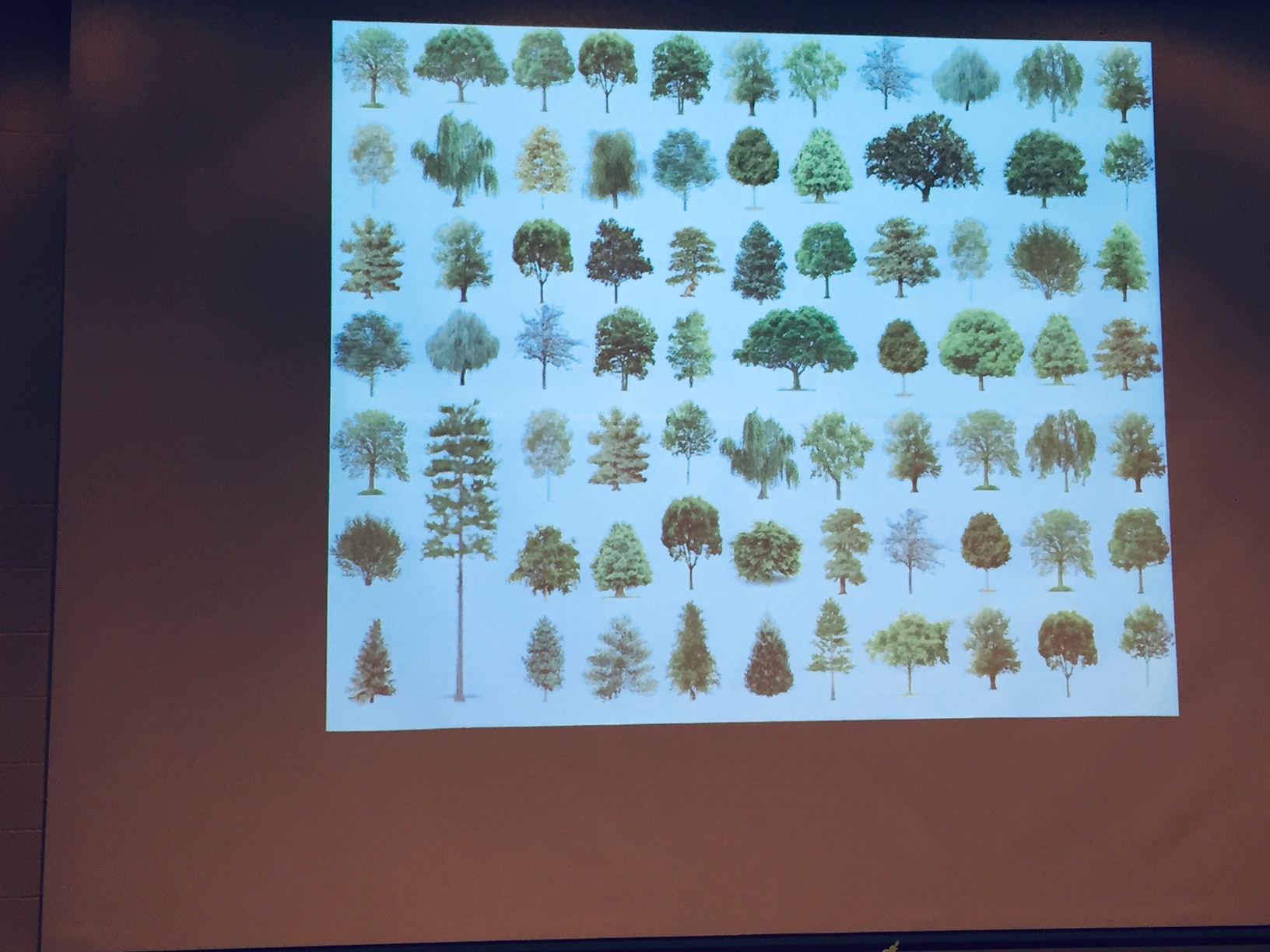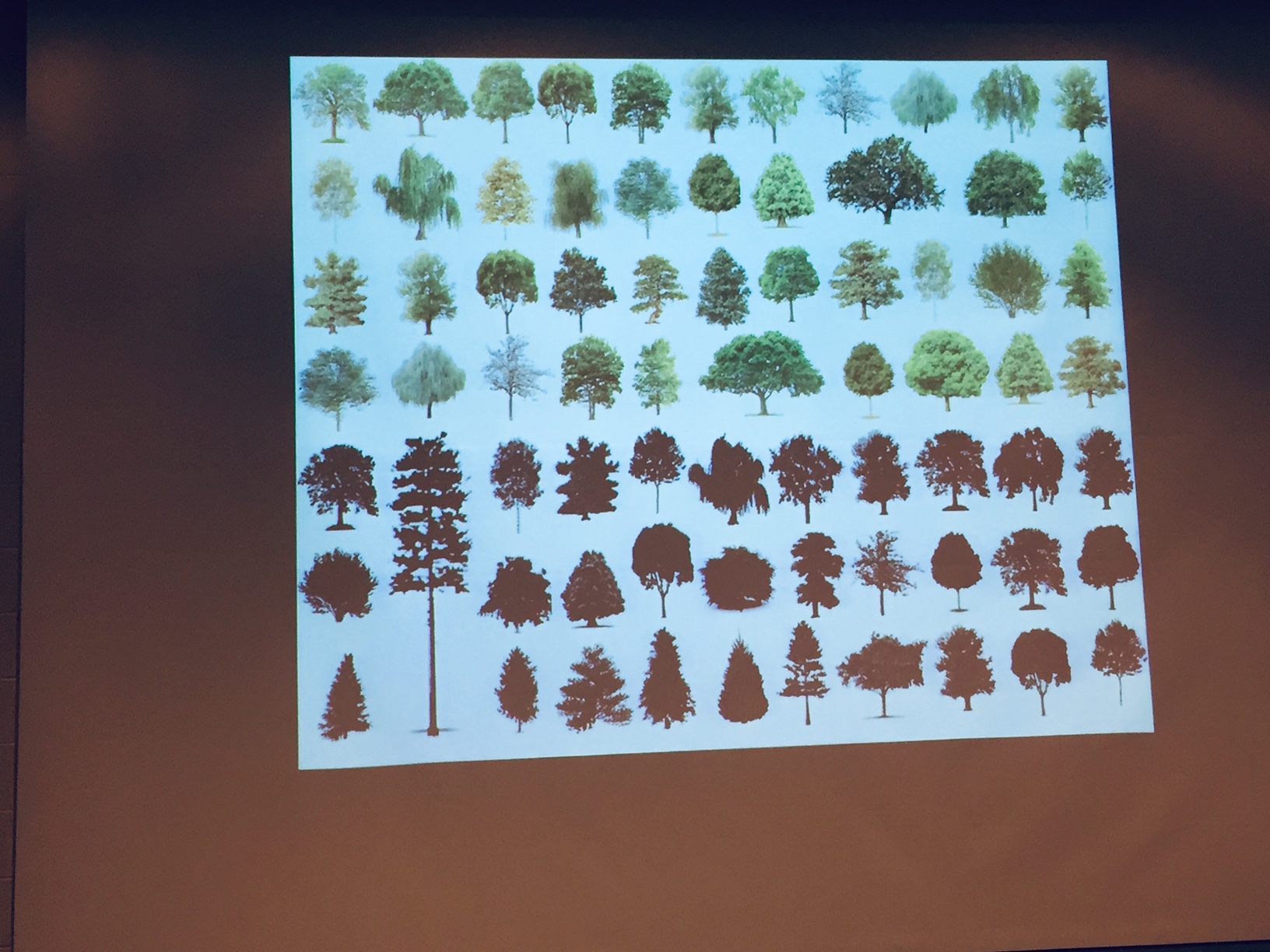
My writings - and those of others.
Re-Wilding
Those of us who live near ravines in Toronto are blessed with an escape into a natural world on the edge of office and residential towers. As part of the recent University of Toronto’s alumni weekend, a lecture advertised as “Stress -Free” and entitled Re-Wilding Toronto, The Billion Dollar Dream - was an obvious choice.
The public lecture was filled with a wealth of information and excellent slides - some of which I couldn’y resist snapping and sharing here. Eric Davis is currently a PhD candidate, but he brings a wealth of work experience and a passion for restoration.
We learned that the Toronto Ravines are one of the world’s largest ecosystems, that cover 27,000 acres or one fifth of the city.
What an uninformed public does not know is that after years of neglect the ravine system is on the verge of collapse:
Eric Davis is a gifted instructor and used good analogies throughout. His points are illustrated in the mini-slide show below.
He started by showing us that trees are part of a system of biodiversity on which an entire ecosystem depends to produce a number of services on which other forms of life - including ourselves - depend. The intricacy of the system can be compared to a racing car - in which the importance of the most minute parts will determine the success of the race - a comparison that another forester named the rivet hypothesis. When the Nascar race happens, the integrity of the parts is crucial and the emergency repair team is on it with repairs in seconds. We need a comparable repair pattern for the trees in our ravines.
What has happened is the ravines have become invaded by non native trees- brought in by the owners of adjacent properties over the past decades - and the percentages of these are growing.
A study of the Rosedale Ravine 40 years ago has provided a baseline to study the changes:
The time lapse shows the urgency of the need for change. But unlike too many of the studies that we read about, Eric Davies has some clear solutions. The summary of the study can be read here and includes the following:
A Tree inventory has been completed
Other inventories are not under way - both native and non-native vegetation, mammals, birds and insects
Citizens are becoming involved in local studies and inventories
Schools and households are encouraged to collect, plant and grow local plants and trees to prepare for reforestation.
Perhaps the most important answer came from a response when a questioner wondered why we aren’t planting for a future client change. The answer - trees have been adapting to changing conditions for thoustands of years. We can probably trust them to do so - and do what we can to help them flourish.
And the billion dollar price page? A cathedral generated two billion in one day for restoration. Perhaps it is time to get our priorities right when we compare the importance of an ecosystem to our future.











